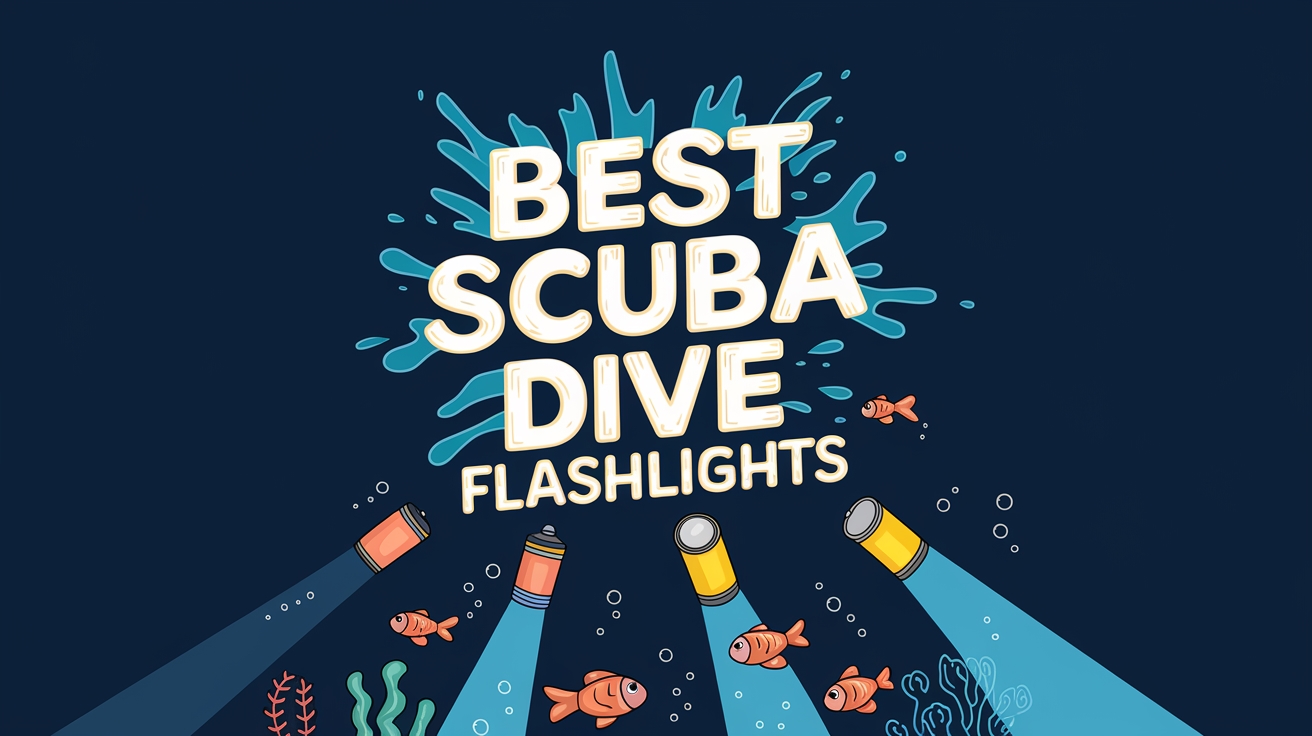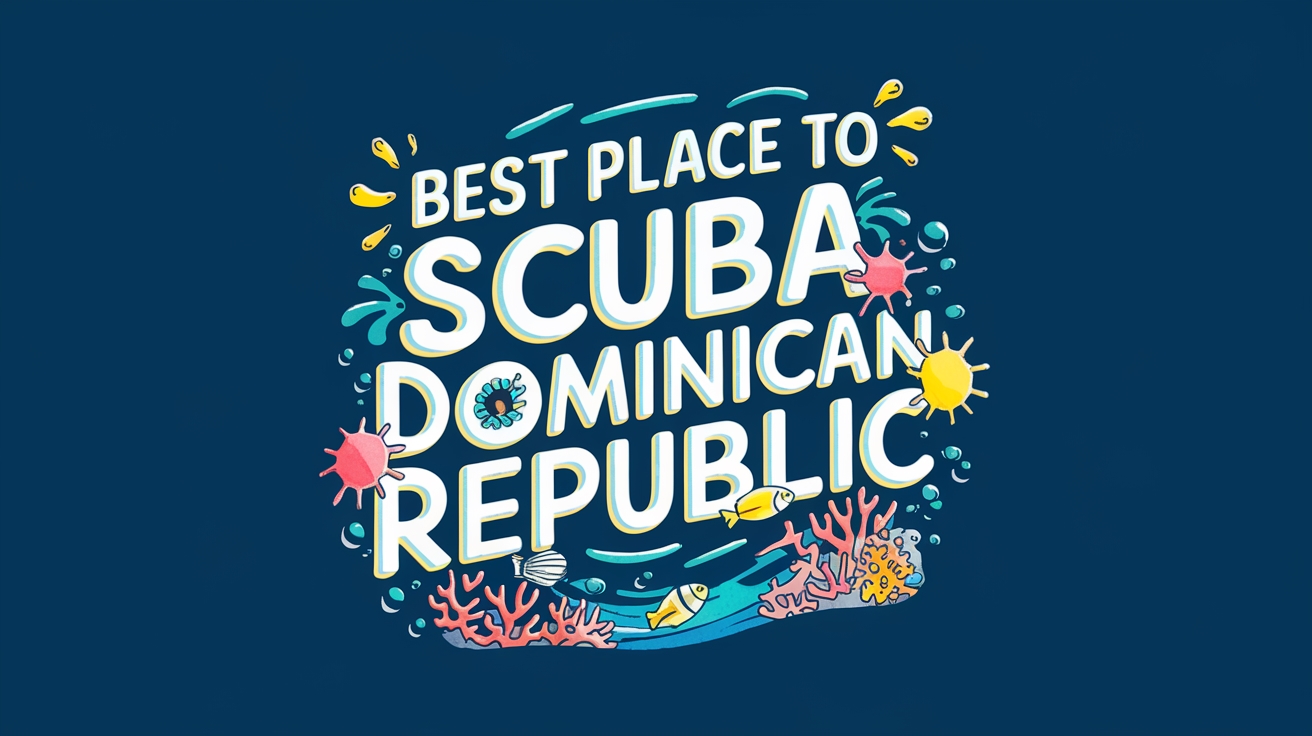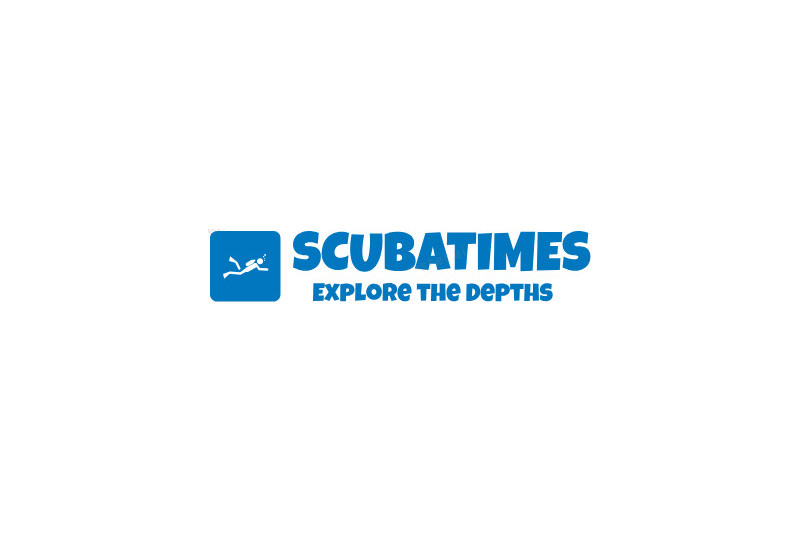The Dominican Republic’s premier scuba snorkeling destinations include Bayahibe, Catalina Island, Saona Island, and La Caleta Marine Park. Bayahibe features extensive coral gardens with steep drop-offs, while Catalina Island showcases vibrant coral formations and schools of tropical fish. Water visibility frequently exceeds 100 feet, with temperatures ranging from 75-85°F year-round. Local guides are mandatory for safety, and morning explorations offer ideal conditions. These locations harbor diverse marine life, from sea turtles to occasional nurse sharks, with each site offering unique underwater adventures.
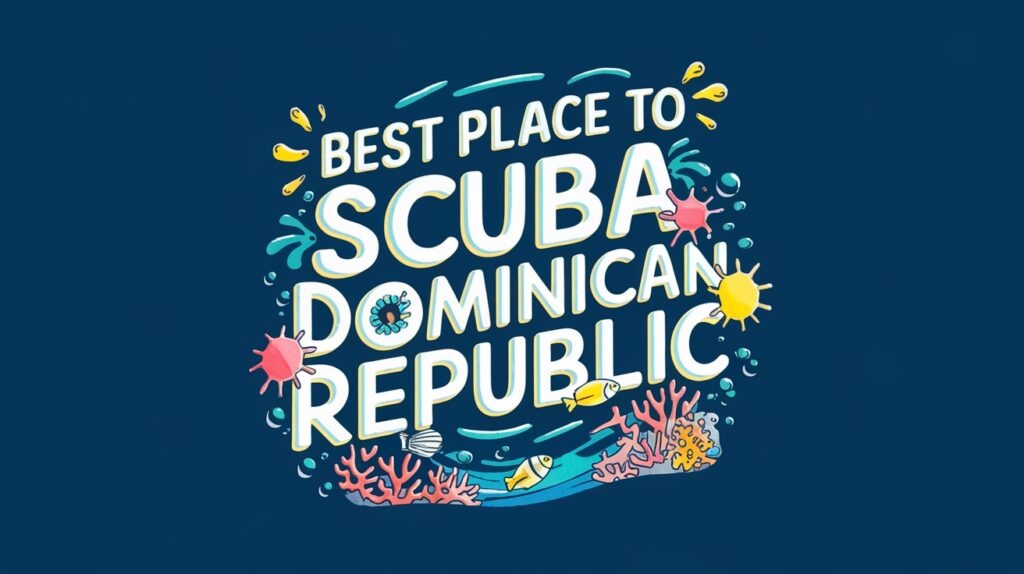
Key Takeaways
- Bayahibe features pristine coral gardens stretching 3 miles with excellent visibility and diverse marine life including parrotfish, angelfish, and barracuda.
- Catalina Island offers exceptional biodiversity with extensive coral gardens, dramatic wall drops, and visibility exceeding 100 feet year-round.
- La Caleta Marine Park showcases multiple shipwrecks including the 120-foot Hickory, with visibility up to 100 feet during morning dives.
- Saona Island provides encounters with sea turtles, eagle rays, and nurse sharks in crystal-clear Caribbean waters.
- Silver Banks offers unique humpback whale encounters from January to March, hosting thousands of whales in a 200-square-mile sanctuary.
Caribbean’s Diving Paradise Locations
Several prime plunging locations along the Dominican Republic’s Caribbean coast offer exceptional underwater experiences for scuba enthusiasts. The region’s diverse marine biodiversity creates perfect conditions for underwater photography, with visibility often exceeding 100 feet in key spots.
- Bayahibe’s coral gardens feature dramatic wall plunges with steep drop-offs, hosting rare species of angelfish and spotted drum
- Catalina Island’s protected waters showcase vibrant coral formations and schools of tropical fish, ideal for capturing wide-angle shots
- Saona Island’s pristine reefs harbor sea turtles, eagle rays, and occasional nurse sharks in crystal-clear waters
These locations maintain strict environmental protection protocols while providing unrestricted access to certified divers. Advanced plunging certifications are recommended for certain deep-water sites where strong currents may occur, ensuring both safety and maximum exploration potential.
Catalina Island’s Coral Reef
Among the Caribbean’s premier snorkeling destinations, Catalina Island’s coral reef system stands out for its exceptional biodiversity and pristine underwater conditions. The reef’s west wall descends dramatically to 130 feet, offering advanced snorkelers unrestricted access to deep-water formations teeming with marine life.
Catalina Island’s marine biodiversity includes extensive coral gardens, with elkhorn and staghorn varieties providing shelter for spotted eagle rays, nurse sharks, and schools of tropical fish. The eastern side features “The Wall,” a vertical drop-off where snorkelers encounter barrel sponges and sea fans in crystal-clear waters with visibility extending beyond 100 feet.
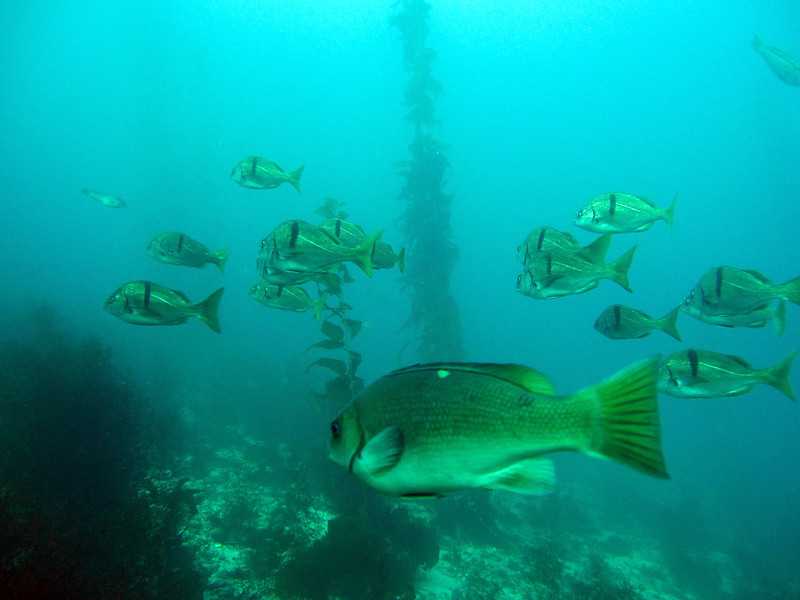
Snorkel operators maintain strict environmental protocols to preserve the reef’s integrity. Water temperatures range from 75-85°F year-round, making it accessible for both novice and experienced snorkelers seeking unexplored terrain.
La Caleta Marine Park
Located just 15 minutes from Santo Domingo’s airport, La Caleta Marine Park offers snorkelers a protected underwater ecosystem featuring multiple shipwrecks and artificial reefs. The park’s main attraction is the deliberately sunk 120-foot Hickory ship, positioned at depths between 60-85 feet, providing an advanced plunging experience.
La Caleta’s marine life thrives in these artificial habitats, with schools of tropical fish maneuvering through the wreck’s corridors. Divers regularly encounter sergeant majors, parrotfish, and occasional sea turtles. The park maintains strict conservation protocols while allowing unrestricted access to certified divers.
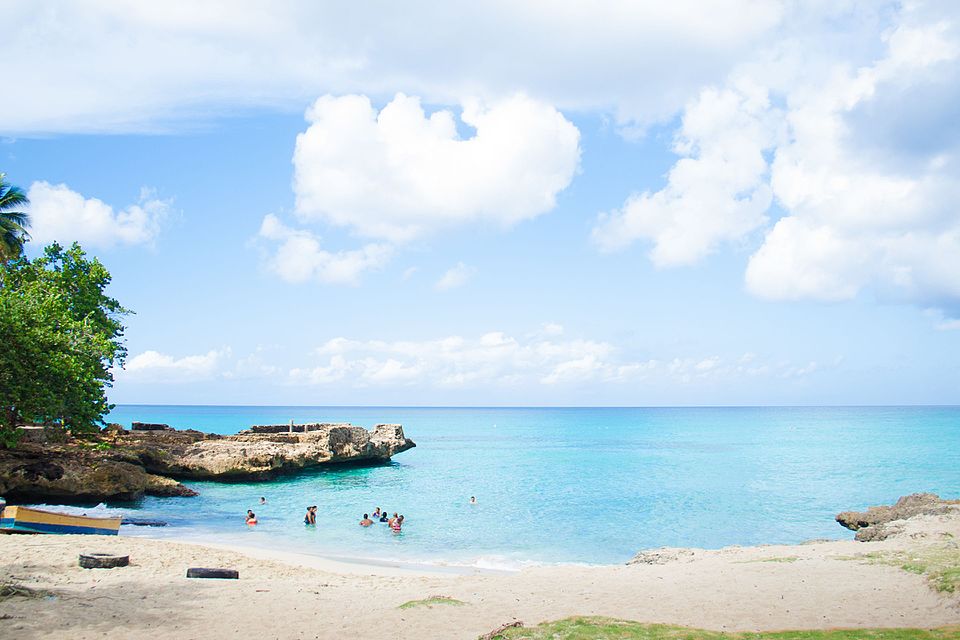
Multiple plunge operators maintain facilities within the park boundaries, offering equipment rental and guided tours. Water visibility ranges from 40-100 feet, with ideal conditions during morning dives. Water temperatures average 75-82°F year-round.
Bayahibe Reef Garden
The thriving Bayahibe Reef Garden stretches across 3 miles of pristine coral formations along the southeastern coast of the Dominican Republic, offering snorkelers multiple entry points at depths ranging from 30-90 feet.
| Feature | Details |
|---|---|
| Visibility | 60-100 feet |
| Peak Season | December-April |
| Marine Life | Parrotfish, angelfish, barracuda |
| Current Speed | 1-3 knots |
| Equipment | Full scuba gear required |
This protected reef system provides prime conditions for underwater photography, with crystal-clear waters and abundant marine life. Advanced divers can investigate deeper sections featuring dramatic wall formations, while beginners can practice Bayahibe snorkeling in shallower areas. Safety protocols require diving with certified guides and maintaining proper buoyancy control to protect delicate coral structures. Water temperatures remain stable year-round at 75-80°F, making this site accessible during all seasons.
Saona Island’s Living Wall
Majestic vertical reef formations define Saona Island’s Living Wall, which descends dramatically from 40 to 130 feet beneath the surface. This underwater precipice showcases exceptional coral biodiversity, hosting multiple species of hard and soft corals that create a complex ecosystem for marine life.
Advanced divers can investigate the wall’s deeper sections, where eagle rays and reef sharks frequently patrol. The site’s strong currents demand proper buoyancy control and careful planning for immersion. Marine conservation efforts have helped preserve the wall’s pristine condition, making it a prime example of Caribbean reef health.
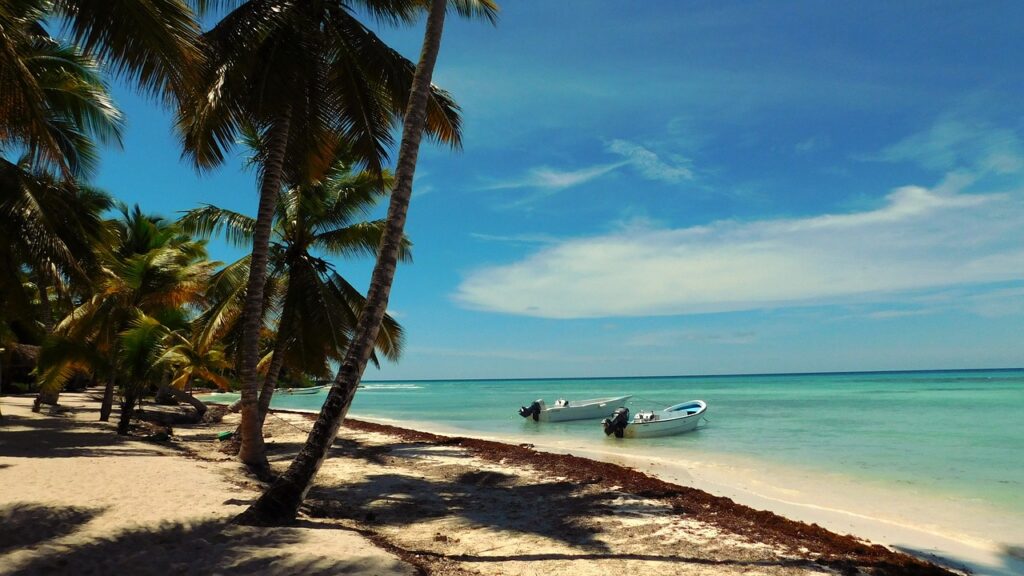
Visibility typically extends beyond 100 feet, allowing divers to observe the wall’s intricate structure and the numerous caves and crevices that provide shelter to moray eels, lobsters, and schooling fish. The site requires advanced certification because of its depth and current conditions.
Silver Banks Humpback Station
While Saona Island offers exceptional reef exploration, Silver Banks presents a distinctly different underwater experience as North Atlantic humpback whales’ primary breeding sanctuary from January through March.
Silver Banks, located 70 nautical miles north of Puerto Plata, provides controlled encounters with these magnificent creatures during their annual humpback migration. Under strict regulations, certified explorers can participate in “soft-in-water” encounters, maintaining a safe 30-foot distance from the whales. The protected marine sanctuary spans 200 square miles, hosting approximately 2,000-3,000 humpbacks each season.
Specialized whale watching operators require advanced certifications and proper safety training. Water visibility typically ranges from 50-100 feet, with surface temperatures averaging 75°F. Explorers must demonstrate proficiency in controlled buoyancy and undergo thorough briefings on marine mammal interaction protocols before participating in these unique encounters.
Sosua Bay’s Sunken Wreck
Located just east of Puerto Plata, Sosua Bay harbors a deliberately sunk cargo vessel that serves as an artificial reef system at depths between 45-75 feet. The wreck, part of Sosua Bay’s history as a strategic shipping route, now functions as a thriving marine ecosystem attracting diverse fish species and coral formations.
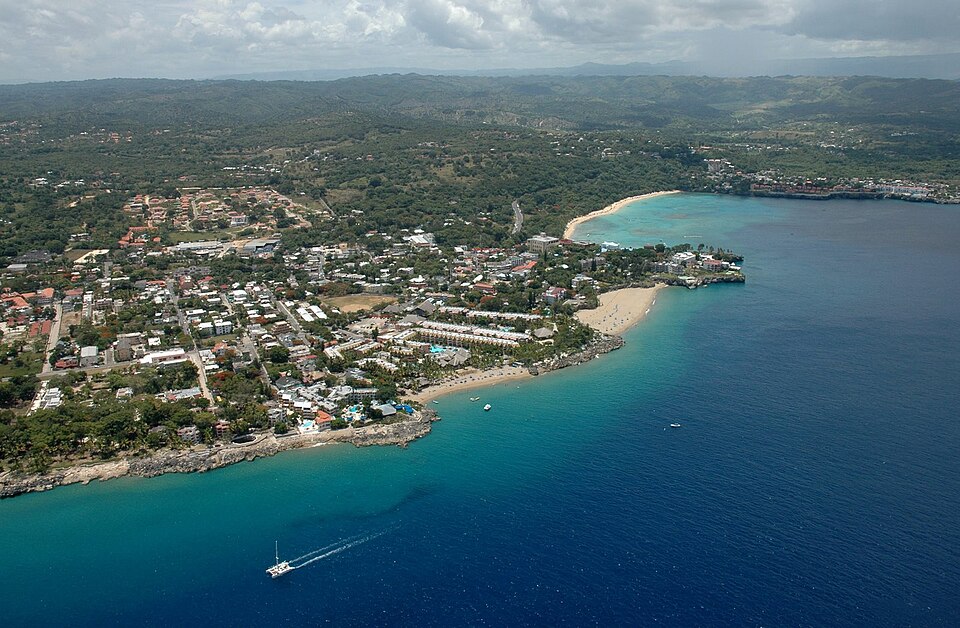
Advanced divers can investigate the vessel’s intact hull structure, cargo holds, and wheelhouse, while underwater photography enthusiasts benefit from excellent visibility ranging from 50-100 feet. The wreck site features multiple entry and exit points, though proper wreck diving certification is required. Current conditions remain consistently mild, making it accessible year-round.
Safety protocols mandate diving with a certified local operator who understands the wreck’s orientation and potential hazards. Emergency oxygen and communication equipment must be present during all dives.
Cave Point’s Crystal Grottos
Descending beneath the northern coast’s limestone cliffs, Cave Point’s Crystal Grottos present an intricate network of underwater caverns at depths ranging from 30-90 feet. Advanced snorkelers can investigate the interconnected chambers adorned with dramatic cave formations, including stalactites and flowstone curtains formed over millennia.
The grottos’ crystal-clear visibility, often exceeding 100 feet, creates ideal conditions for underwater photography. Light beams penetrate through ceiling cracks, illuminating the chambers naturally. Nevertheless, divers must maintain proper cave diving protocols, including redundant air supplies and guide lines.
Access requires certification in cave diving and local orientation. Multiple entry points allow divers to tailor routes based on experience level. Water temperatures remain stable year-round at 75°F, supporting diverse marine life including lobsters and garden eels within the cavern zones.
Las Terrenas Beach Wall
The dramatic vertical wall at Las Terrenas Beach plunges from 40 to 130 feet, offering a stark contrast to Cave Point’s enclosed grottos. The sheer limestone face features numerous ledges and overhangs teeming with diverse marine life, making it a premier las terrenas snorkeling destination.
Advanced divers can investigate deeper sections where spotted eagle rays and reef sharks patrol the blue water beyond the wall. The site’s excellent visibility, often exceeding 100 feet, creates prime conditions for underwater photography. Currents can be moderate to strong, requiring proper buoyancy control and careful monitoring of depth and air consumption.
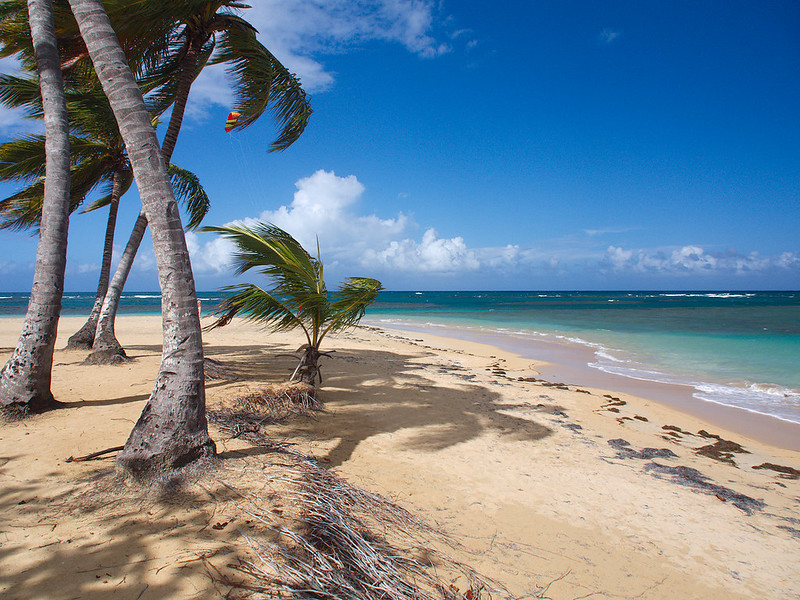
Safety protocols mandate diving with a local guide familiar with the wall’s terrain and current patterns. The site is accessible year-round, though morning dives typically offer calmer conditions and ideal lighting for photography.
Water Visibility Exceeds 100 Feet
Crystal-clear waters surrounding the Dominican Republic’s plunge sites consistently offer visibility exceeding 100 feet, creating perfect conditions for both recreational and technical diving operations.
The exceptional visibility stems from minimal sediment suspension and ideal water temperature ranging between 75-85°F (24-29°C) year-round. These conditions allow divers to observe the region’s rich marine biodiversity from considerable distances, enhancing both safety and the diving experience. During winter months, visibility often peaks at 130 feet, particularly at deeper sites beyond 60 feet.
Divers can effectively plan their descents and ascents while maintaining visual contact with dive partners and reference points. The transparent waters also promote underwater photography and videography, allowing enthusiasts to capture the vibrant coral formations and diverse marine species in their natural habitat.
